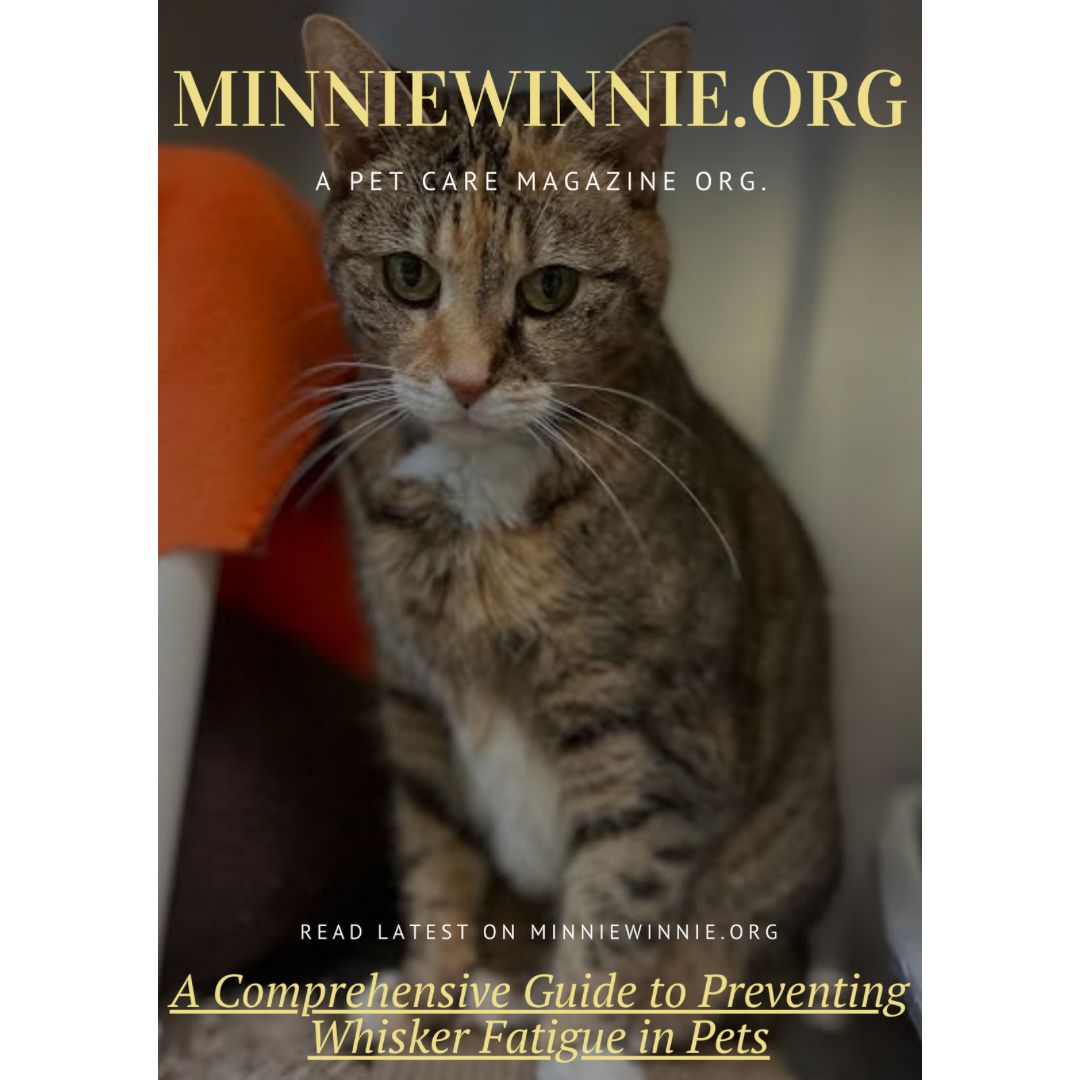A Comprehensive Guide to Preventing Whisker Fatigue in Pets
Whisker fatigue, a condition that affects many pets, occurs when their sensitive whiskers become overwhelmed or stressed. While it may seem like a minor inconvenience, whisker fatigue can cause discomfort and anxiety for your furry friend. In this comprehensive guide, we’ll explore what whisker fatigue is, how to recognize its symptoms, and most importantly, how to prevent it to ensure your pet’s well-being and happiness.
Understanding Whisker Fatigue: Whisker fatigue, also known as whisker stress or whisker stress syndrome, occurs when a pet’s sensitive whiskers are repeatedly overstimulated. Whiskers, also called vibrissae, are highly sensitive tactile hairs that play a crucial role in a pet’s sensory perception. They help animals navigate their environment, detect changes in air currents, and assess the size and shape of objects.
Symptoms of Whisker Fatigue: Recognizing the symptoms of whisker fatigue is essential for addressing the issue promptly. Common signs of whisker fatigue in pets may include:
- Reluctance to eat from deep or narrow food bowls
- Pawing at or avoiding food or water dishes
- Irritability or aggression during mealtime
- Refusal to eat certain foods
- Anxiety or stress-related behaviors
Preventing Whisker Fatigue: Preventing whisker fatigue is relatively simple and can make a significant difference in your pet’s comfort and well-being. Here are some strategies to consider:
- Use Wide and Shallow Food Dishes: Opt for wide and shallow food dishes that allow your pet to eat comfortably without their whiskers touching the sides of the bowl. Avoid deep or narrow dishes that can cause their whiskers to become compressed or stressed.
- Provide Multiple Food and Water Stations: Offering multiple food and water stations throughout your home can prevent your pet from feeling overwhelmed or stressed during mealtime. This allows them to eat and drink at their leisure without feeling rushed or pressured.
- Choose Whisker-Friendly Accessories: When selecting food and water dishes for your pet, choose options specifically designed to accommodate their whiskers. Look for dishes with low sides or raised edges that prevent whisker contact and provide ample space for comfortable eating and drinking.
- Schedule Regular Meal Times: Establishing a consistent feeding schedule can help reduce mealtime stress and prevent whisker fatigue in pets. Aim to feed your pet at the same times each day and avoid making sudden changes to their routine.
- Monitor Behavior and Adjust Accordingly: Pay close attention to your pet’s behavior during mealtime and adjust their food and water setup as needed. If you notice signs of whisker fatigue or discomfort, experiment with different dish options until you find what works best for your furry friend.
Conclusion: Whisker fatigue may seem like a minor issue, but for many pets, it can cause significant discomfort and stress. By understanding the causes and symptoms of whisker fatigue and taking proactive steps to prevent it, you can ensure that your pet stays comfortable, content, and healthy. Remember to prioritize their well-being by providing whisker-friendly food and water dishes and monitoring their behavior for signs of stress or discomfort. With a little care and attention, you can help your pet enjoy mealtime without the discomfort of whisker fatigue.










